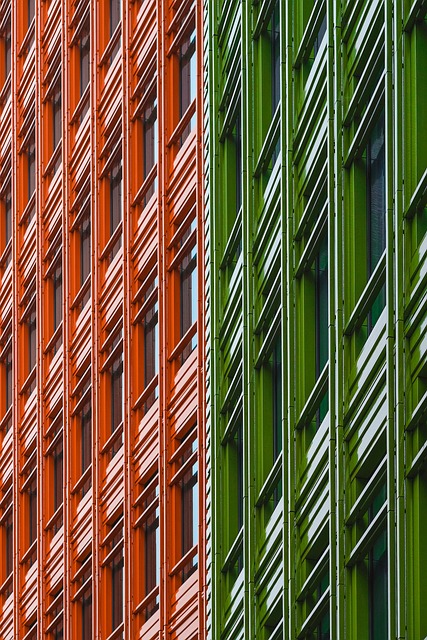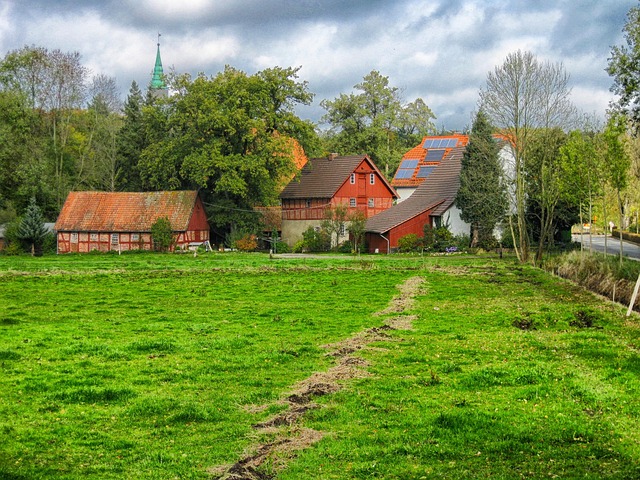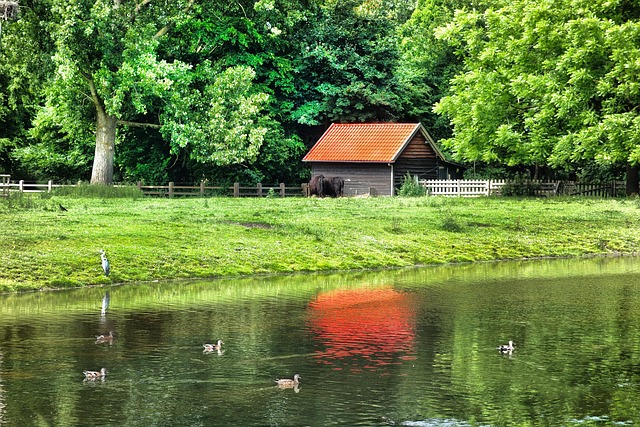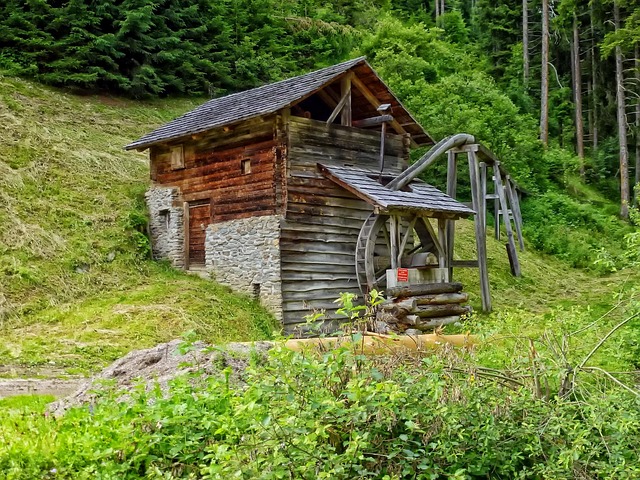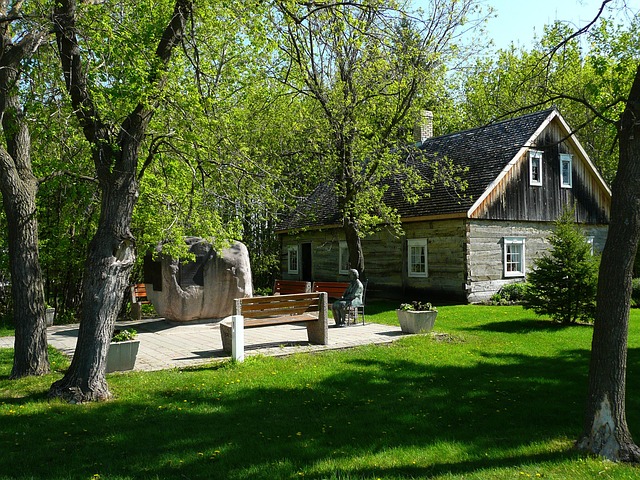The real estate industry is revolutionizing living spaces by embracing sustainable design, eco-friendly practices, smart home technologies, and green building materials. This shift addresses climate change, resource depletion, and enhances occupant well-being, making it a key driver in creating healthier and more sustainable environments. Consumers' growing eco-consciousness drives this trend, with resource-efficient spaces minimizing environmental impact through local, recycled materials and energy-saving appliances. Smart technology optimizes resource use while offering modern comfort. Additionally, there's a focus on healthy living spaces using natural materials, ample ventilation, and optimal lighting for better resident health and long-term energy savings. Incorporating resource-conscious features like smart thermostats and water conservation systems reduces utility bills and environmental impact, promoting sustainable living that benefits both health and finances.
In today’s digital era, the concept of healthy and resource-conscious living spaces is revolutionizing the real estate landscape. As folks become more attuned to sustainability and wellbeing, real estate plays a pivotal role in shaping our daily lives. This article explores three key aspects: revolutionize living spaces through real estate’s transformative power, adopt sustainable design choices for resource efficiency, and promote healthy homes that foster both wellbeing and energy efficiency.
Revolutionize Living Spaces: Real Estate's Role

In today’s world, there’s a growing demand for real estate that goes beyond conventional boundaries. The industry is increasingly recognized for its potential to revolutionize living spaces, fostering healthier and more sustainable environments. By embracing innovative designs and eco-friendly practices, real estate developers can transform traditional habitats into vibrant, resource-conscious oases. This shift isn’t just about aesthetics; it’s a crucial step towards addressing pressing global issues like climate change and resource depletion.
From smart home technologies that optimize energy usage to green building materials that minimize environmental impact, real estate has the power to shape the way we live. By prioritizing sustainability and efficiency, developers can create spaces that not only cater to our physical needs but also contribute positively to our well-being and the planet’s future. This transformative potential makes real estate a key player in redefining living spaces for a healthier and more sustainable tomorrow.
Sustainable Design: Resource-Conscious Choices

Incorporating sustainable design principles into real estate is a growing trend, as folks become increasingly conscious of their environmental impact. Resource-conscious living spaces prioritize efficiency and minimize waste through thoughtful choices in materials, appliances, and layout. For example, using locally sourced and recycled materials reduces the carbon footprint associated with transportation, while energy-efficient appliances and natural lighting can significantly lower utility bills.
Designers and architects are also leveraging smart technology to create dynamic and adaptable spaces. Automated systems for lighting, temperature control, and security not only enhance comfort but also optimize resource use. These innovations ensure that living spaces are not only environmentally friendly but also functional, providing a modern and efficient lifestyle without compromising on sustainability.
Healthy Homes: Promoting Wellbeing and Efficiency
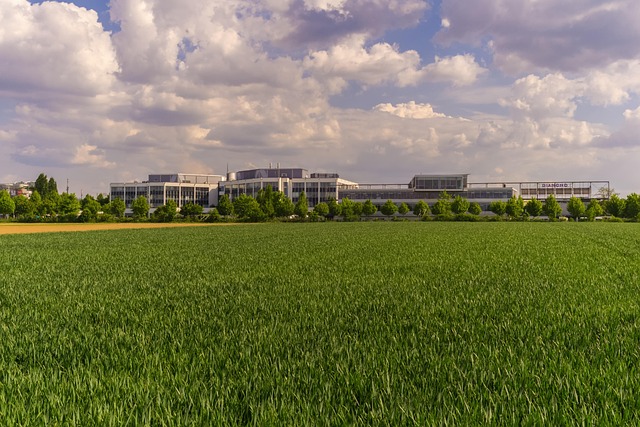
Creating healthy living spaces is a growing trend in real estate, as homeowners recognize the link between their environment and overall wellbeing. This shift prioritizes natural materials, ample ventilation, and optimal lighting to foster a nurturing atmosphere. Such homes not only contribute to residents’ health but also offer long-term energy savings through efficient design and construction practices.
Incorporating resource-conscious features like smart thermostats, energy-efficient appliances, and water conservation systems reduces utility bills and minimizes environmental impact. This trend reflects a broader movement towards sustainable living, where real estate developers and homeowners alike embrace eco-friendly solutions that promote both health and financial sustainability.
